Celebrating 5 Years of Sephardic U: The Sephardic Renaissance
Five years ago, Sephardic U was born out of necessity. During a time when the world was locked down and disconnected, we sought to create a space where Jews, no matter their background, could come together to pray, learn, and connect. What started as a small, virtual minyan has blossomed into a global community dedicated to preserving the richness of Sephardic culture—its traditions, music, food, and liturgy.
Adapting to the Present, While Preserving Tradition
Sephardic culture has always thrived through its ability to adapt and persevere. Throughout history, we’ve faced countless challenges, yet we’ve managed to maintain a strong, unbroken connection to our heritage. From the historic cities of Spain and the Middle East to the fast-paced urban environments of today, Sephardic Jews have integrated into diverse communities while holding onto the customs that define us.
In today’s changing world, Sephardic U is evolving alongside it. We honor our ancestral traditions while incorporating modern tools to help preserve and pass them down. Technology—whether through online platforms, mobile apps, social media, or video calls—now plays a vital role in connecting us with our global community. These tools ensure that the richness of Sephardic culture—our music, teachings, and customs—continues to reach new generations in fresh and engaging ways.
Living a Rich and Diverse Sephardic Life
Being Sephardic is not just about looking back at the past, but about fully engaging with the present while staying anchored in tradition. Sephardic culture values both versatility and individuality. Whether you’re a musician, an entrepreneur, or someone in any other walk of life, being Sephardic means you can thrive anywhere, all while staying true to your values.
Although we embrace the many opportunities of modern life, we also prioritize the essentials—family, community, and tradition. Whether pursuing your career, exploring the world, or following your passions, there’s always time to pause and come together for Shabbat and the holidays—a moment to reconnect with loved ones and our spiritual roots.
The Sephardic Renaissance: Thriving Through Adversity
Our strength lies in our ability to adapt and grow. Throughout history, Sephardic Jews have faced adversity—exile, persecution, and more—but we’ve always found ways to endure, often transforming challenges into opportunities. The Sephardic Renaissance we’re experiencing today is a testament to our resilience.
Although we’re deeply rooted in history, we look forward with optimism, blending our traditions with innovation. Our community is proof that we can not only survive, but thrive, even in difficult times. We believe in making the best of any situation, knowing that hardship is part of life’s journey but doesn’t define us. Instead, it deepens our faith, strengthens our unity, and reinforces our belief in each other.
Looking Ahead: A Future of Learning, Culture, and Community
As we celebrate this milestone, we eagerly look forward to the years ahead—years filled with growth, connection, and the preservation of Sephardic heritage. Our dedication to learning and sharing the wisdom of our ancestors remains steadfast. With the power of modern technology, our reach continues to grow. Together, we ensure that the beauty of Sephardic culture—its traditions, music, food, and family values—will continue to thrive for generations.
Here’s to a future where we keep celebrating our heritage, rising to meet new challenges, and inspiring others to live meaningful, connected lives. Happy 5th anniversary, and may our journey continue to flourish with success, unity, and growth.
With gratitude,
Nathaniel Pool
On behalf of the Sephardic U Community

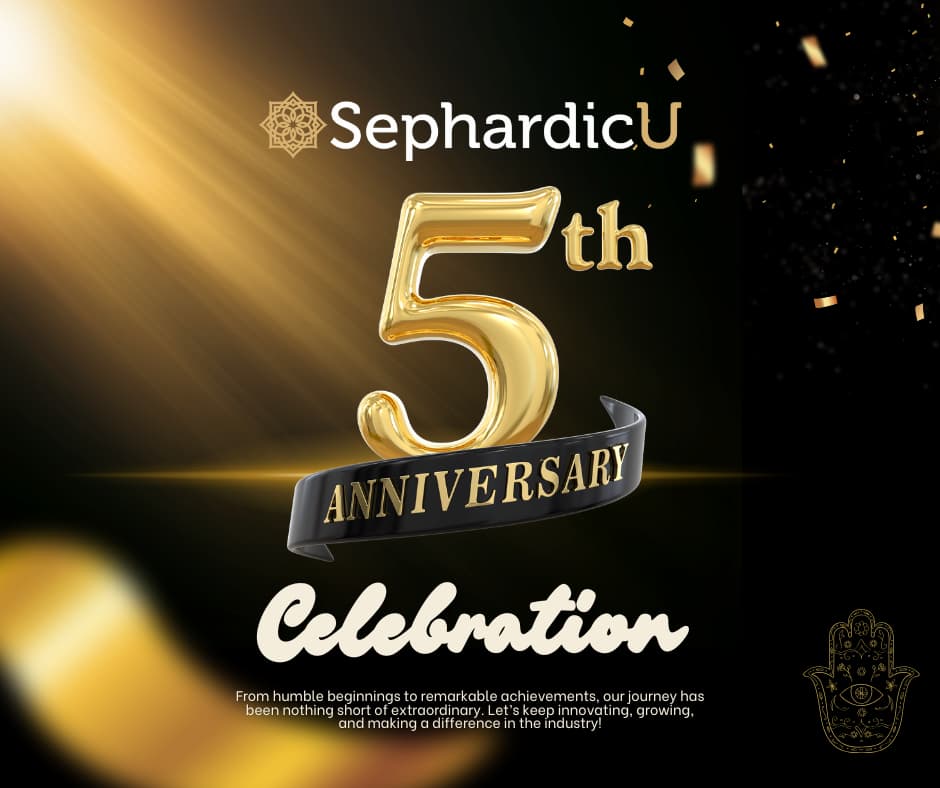

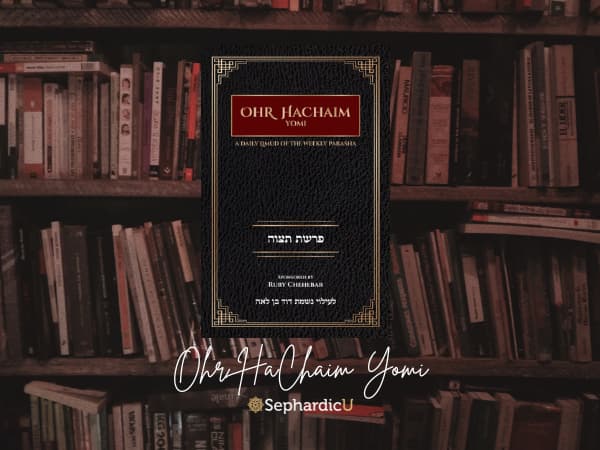
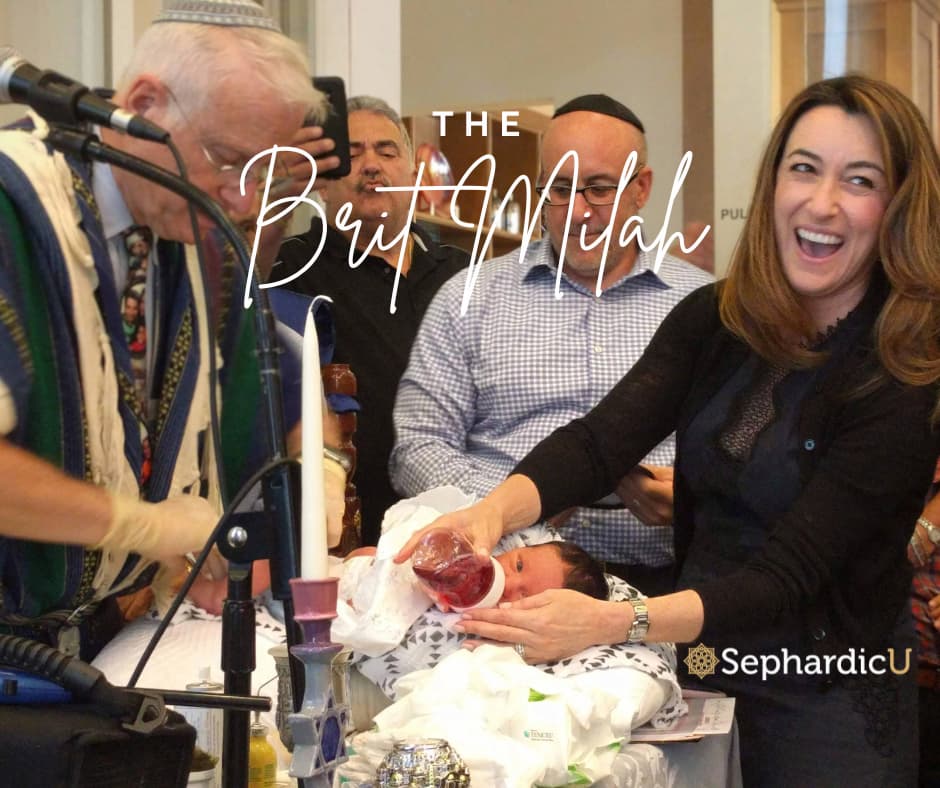
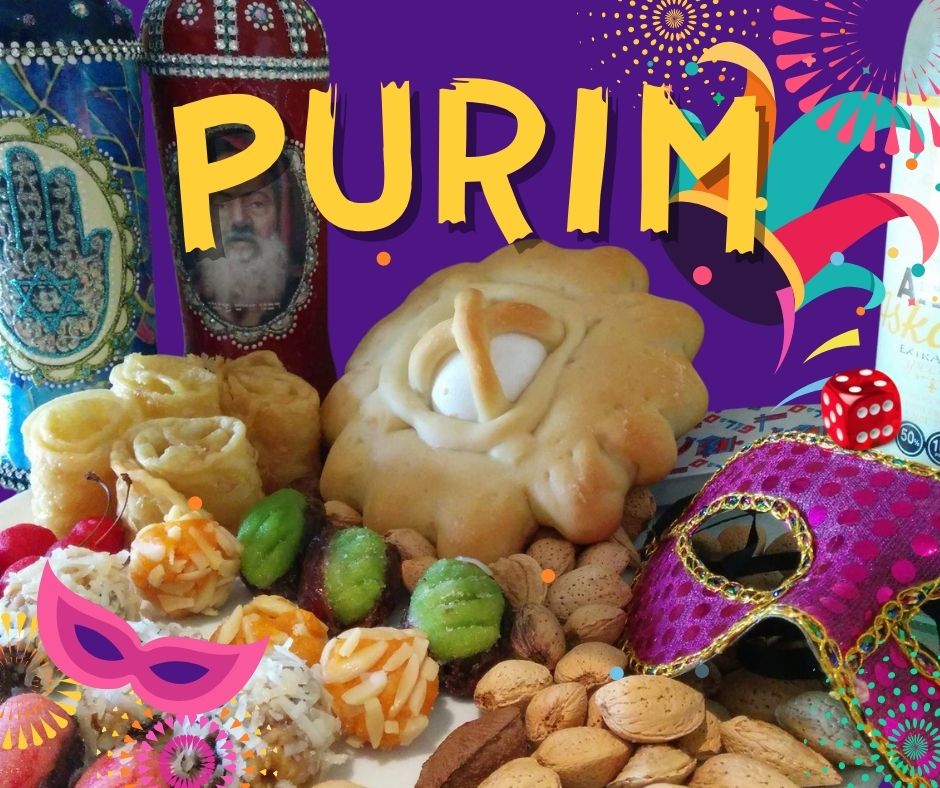
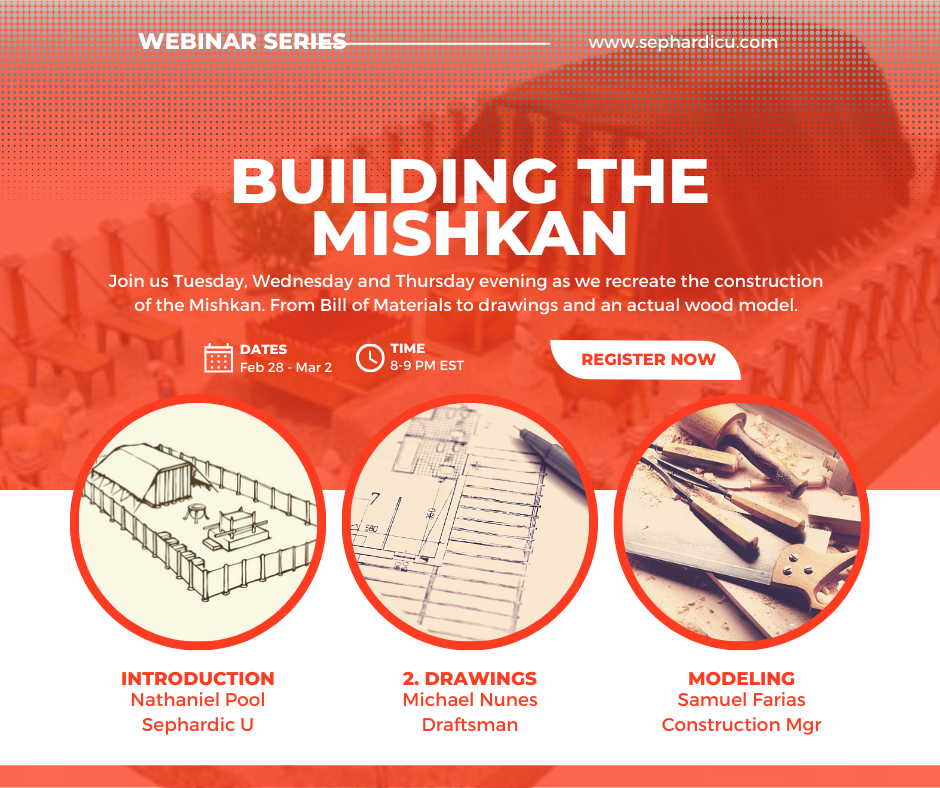

Ohr HaChaim Yomi – Emor